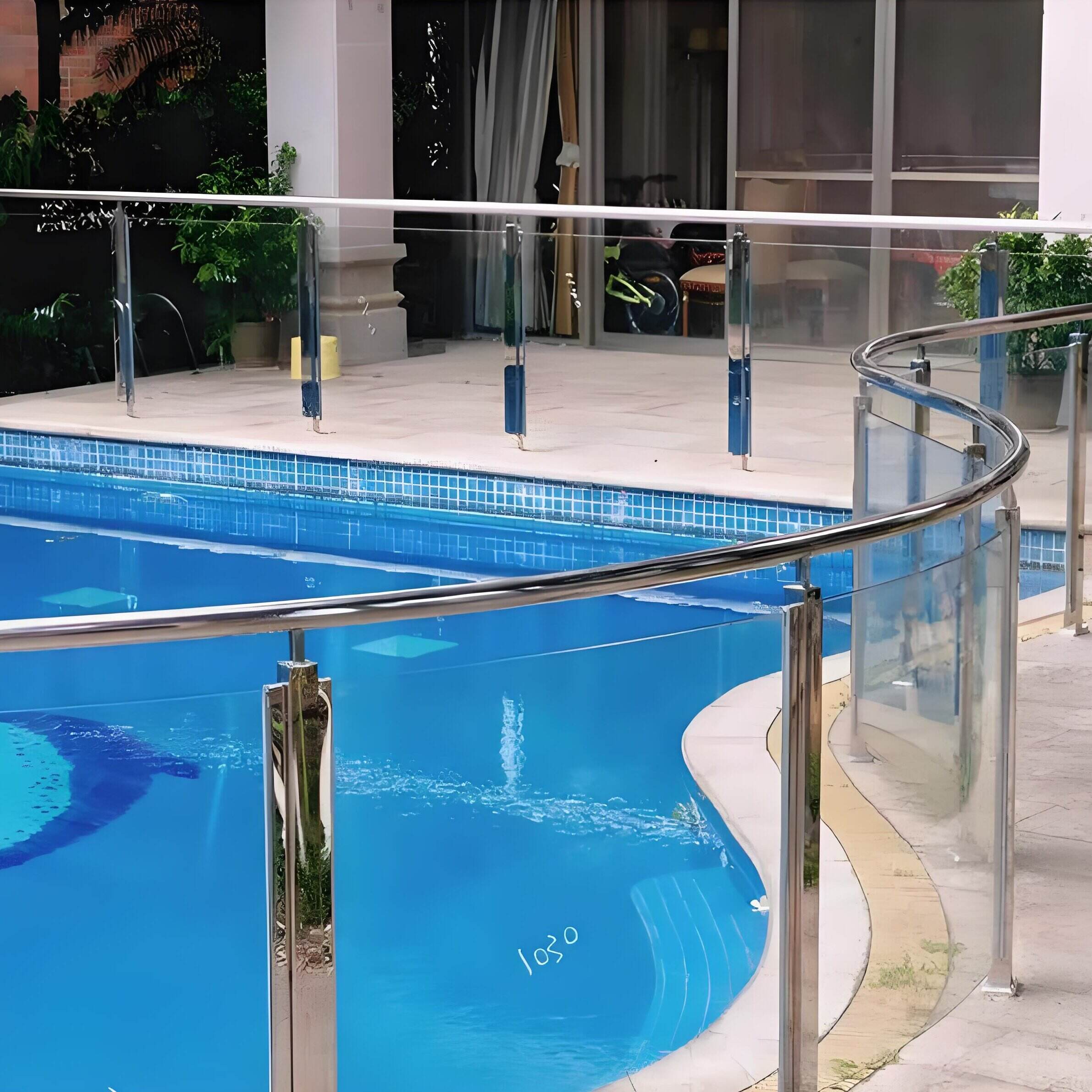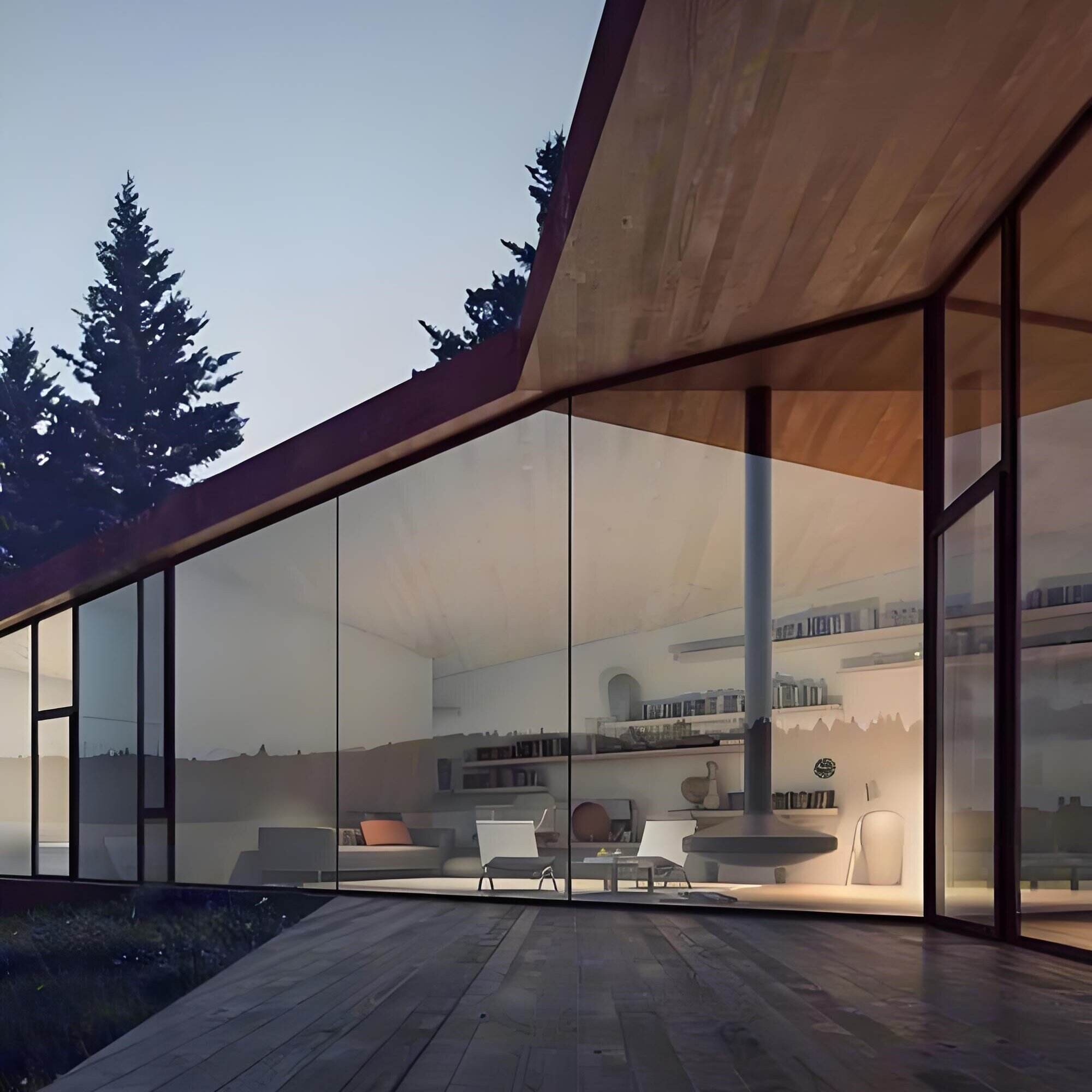pintu kaca melengkung
Pintu kaca berbentuk melengkung mewakili puncak inovasi arsitektur, dengan mulus menggabungkan fungsionalitas dengan estetika yang canggih. Instalasi elegan ini dilengkapi dengan panel kaca khusus yang mengikuti lengkungan yang anggun, menciptakan pintu masuk yang halus dan mengalir yang membuat pernyataan arsitektur yang kuat. Kaca tersebut menjalani proses pengerasan termal yang presisi untuk memastikan ketahanan dan keamanan luar biasa, sambil tetap menjaga transparansi dan daya tarik visual yang optimal. Pintu kaca melengkung modern menggabungkan prinsip-prinsip teknik lanjutan, menggunakan sistem perangkat keras khusus yang memungkinkan operasi yang lancar meskipun memiliki konfigurasi geometris unik. Mereka biasanya dibuat menggunakan kaca laminasi atau tempered dengan ketebalan 12mm hingga 19mm, memberikan kekuatan dan keanggunan. Pintu-pintu ini sering kali dilengkapi dengan mekanisme operasi terbaru, termasuk sistem otomatis dengan sensor gerakan, kontrol akses pintar, dan sistem pelacakan yang dirancang dengan presisi untuk memastikan operasi yang sunyi dan efisien. Keterampilannya membuatnya ideal untuk berbagai aplikasi, dari tempat ritel mewah dan kantor pusat perusahaan hingga properti residensial kelas atas dan tempat penginapan. Pintu-pintu ini dapat disesuaikan dengan berbagai finishing, termasuk opsi kaca buram, berwarna, atau bening, dan dapat dirancang untuk memenuhi persyaratan keamanan dan efisiensi energi tertentu.


